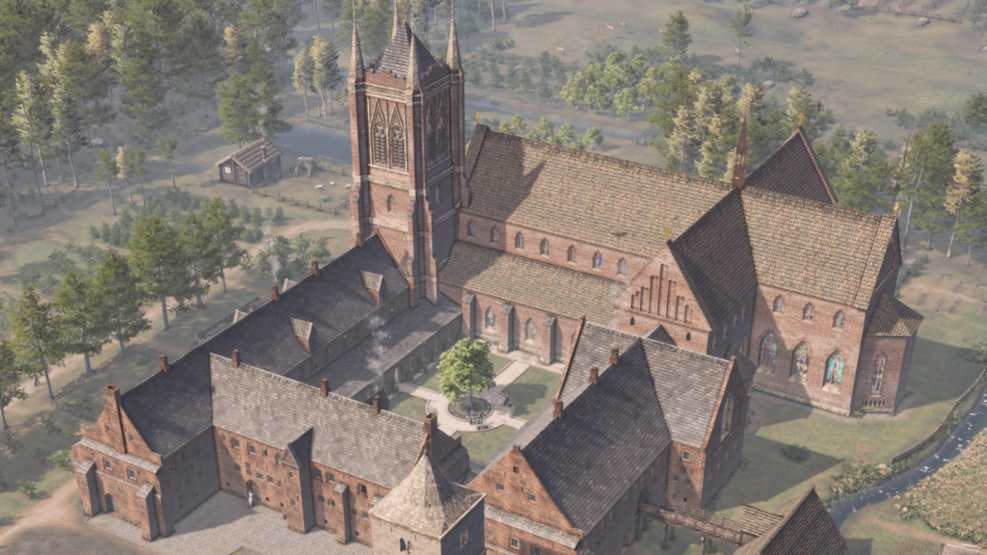
Æbelholt Abbey Museum
Explore the historical ruins of Æbelholt Monastery, where travellers and the poor received food and medical aid in the Middle Ages. The museum houses fascinating archaeological finds, including medical instruments and skeletons, providing insight into life and diseases before modern medicine.
The Saint of North Zealand
Approx. In 1175, Augustinian monks founded a monastery in Æbelholt. The monastery's first abbot was the legendary Abbot William, who in 1224 was canonized as Saint William. There were rumours of miracles at his grave, and throughout the Middle Ages, the sick flocked to Æbelholt. He has gone down in history as "North Zealand's saint".
Using a tablet, you can see the monastery buildings digitally reconstructed as you walk around the ruins. Although the remnants of the monastery are scattered across the area today, Æbelholt was once the largest Augustinian monastery in the Nordic region, a small village with a church, water mill, and workshops. The digital map guides you to various points where you can watch short film clips showing the impressive buildings while listening to stories about monastery life. You can also visit the cloister courtyard and step inside the magnificent church room.
Take a stroll in the monastery garden among medicinal plants, bees, and butterflies. The area offers both short and longer walks through beautiful nature.
History
Æbelholt Monastery is located 5 km west of Hillerød. Archaeological excavations from the 1930s to the 1960s revealed the monastery's late medieval foundations and about 800 graves. Some of the skeletons and other finds are displayed in the small museum. The monastery garden contains about 100 different medicinal herbs.
The monastery's first abbot was the legendary Abbot Vilhelm, who was canonized as Saint Vilhelm in 1224. He is remembered as the 'Saint of North Zealand'.
Food & Shop
Enjoy your packed lunch at the outdoor tables and benches. The museum offers coffee for purchase. The museum shop sells books, postcards, schnapps, handicrafts, traditional sweets, herbal salts, and cold-pressed herbal soap. You can also buy plants from the monastery garden, propagated and potted by the museum's staff and invaluable volunteers, to take a piece of the monastery garden home to your garden.